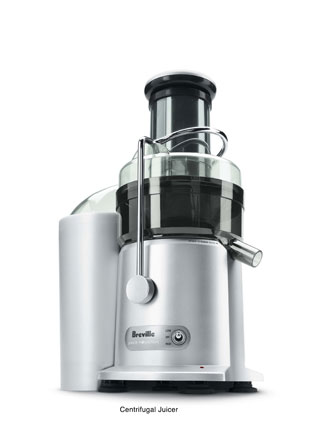
Post by Kyle St. Romain.
Over the past couple of months, one of the things I’ve really come to look forward to in the mornings is fresh juice. So much so that it has quickly become part of my morning ritual. As we’ve looked at in past articles, motivational morning rituals can help you look forward to getting out of bed and starting your day the right way. In the past, a good cup coffee did it for me; however, fresh juice has proven to be even more satisfying.
Health Benefits of Juicing
One of the problems many people have with their diet is that they don’t eat enough vegetables. The good news is that adding fresh juice to your diet quickly solves this. Proponents of drinking fresh juice tout that it can reduce your risk of cancer, boost your immune system, help detoxify your body, aid in digestion, and even help you lose weight. In fact, there is a very specific juice regiment known as the Gerson Therapy that has shown positive results.
The one thing you don’t get from drinking juice vs. eating whole fruits and vegetables is the fiber. Your body also misses out on some of nutritional content from the produce; however, you can consume a lot more fruit and vegetable in juice form than you could eating them whole. Proponents view the lack of fiber as a good thing, giving your body less matter to have to process.
Whatever the studies show, I find that juice is a very clean form of energy. Unlike anything else I’ve ever ate or drank. It gets me going on the morning, and makes me feel great. The one downside about juice is that when the energy runs out, you really hit empty. It’s kind of like a sugar crash, and the empty pit in your stomach will tell you its time to eat something solid. That said, I’ve found that eating eggs or some other form of protein with the juice gives you more lasting energy.

Choosing A Juicer
There are a lot of different types of juicers you can chose from, and I spent a lot of time researching the one I thought would be best. The two broad categories of juicers to choose from are centrifugal and masticating.
Centrifugal juicers are the ones you’re most likely to find at a health store or juice bar. They extract juice from fruits and vegetables very quickly, but are not as good with leafy greats like Kale or Wheatgrass. They are also harder to clean, and can have expensive parts that you’ll need to replace over its life.
The other type of juicer, and the one I ultimately went with, is a masticating juicer. Instead of extracting the juice through centrifugal force, an auger slowly grinds up your fruits and vegetables to extract their nutritional goodness. It takes a little more time to chop up the produce small enough to fit in the juicer, but they are much easier to clean. I’m better with a knife than I am with washing dishes, so this was a big selling point for me. Masticating juicers are also better with leafy greens. They also process the produce at a lower speed, which many believe results in a more nutritional juice.

Juice recipes to get you started
If you’ve decided to take the plunge into the world of juice, which I strongly recommend you try, you’ll have a lot of time to perfect your own favorite recipes. To help get you on the right track, below is my every day juice recipe, which makes enough juice for 2-3 people. You can easily cut the recipe in half if you’re juicing for one.
- 4 Granny Smith Apples
- 6-8 Carrots, depending on how you’re feeling
- 2 inch cut of fresh Ginger
- 1 Lemon
- 1 Lime
- 1 Cucumber
- 1 handful of fresh Kale
When blueberries are in season, I also like to make what I call an antioxidant booster once per week. This recipe calls for:
- 2 pints of Blueberries
- 1 container of Pomegranate seeds
- 2 Oranges
- 1 Lime
Again, the above recipe makes enough for 2 people and can be halved for one.
So there you have it, just about everything you need to know to get started juicing. It is probably the best lifestyle change I’ve made for myself, and a number of my friends who’ve jumped on the juice wagon agree. Juicing is also inexpensive out here in California where fresh produce is abundant. On average, we spend $10-$20/week on produce which makes enough juice for 2 people 5 days per week. It’s a relatively low cost considering how good you feel drinking it. And once you make the initial investment in a good juicer, the per cup cost is quite low compared to what you’d pay at a juice bar.
Until next week, cheers to your health!

